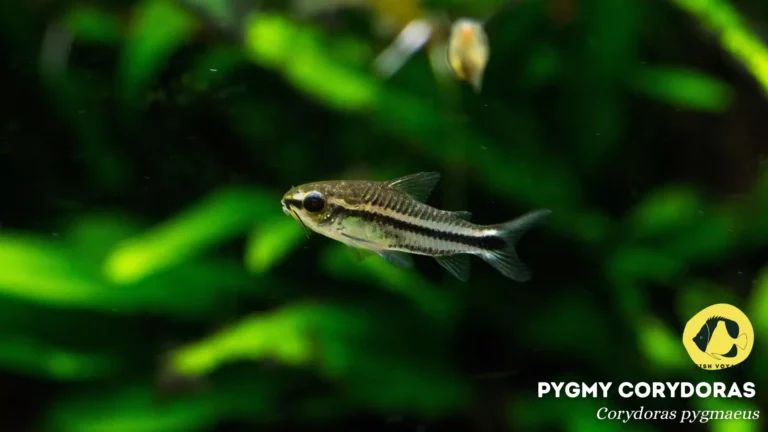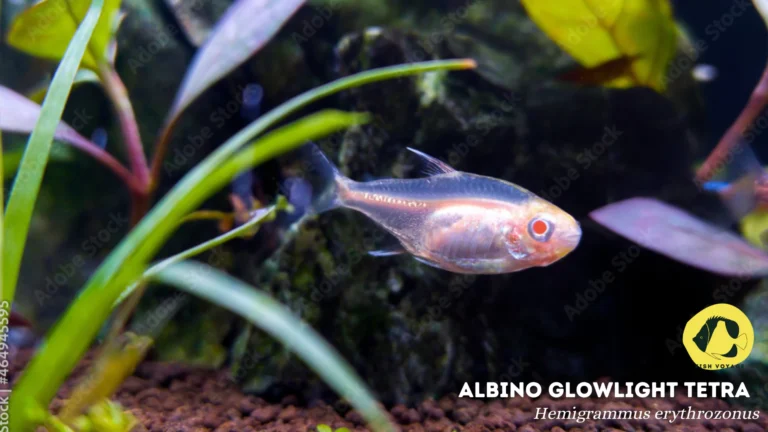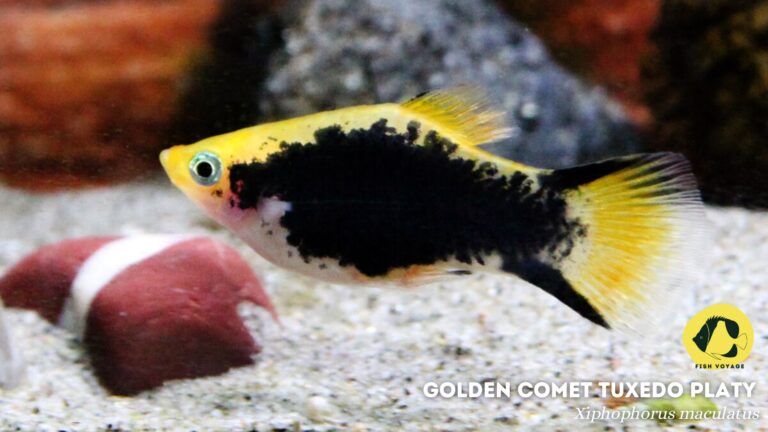What Fish Attack Guppies? : A Guide

Guppies, cherished for their vibrant hues and graceful demeanor, have long been a cornerstone of aquarium enthusiasts’ collections. These small, colorful fish, known for their lively personalities, have earned a special place in the hearts of hobbyists worldwide. However, the dazzling beauty that makes guppies so captivating can also render them vulnerable in the intricate world of aquarium life. In this exploration, we delve into the lesser-known aspect of guppy care — understanding the potential threats and predators that can disrupt the serenity of their aquatic homes. By shedding light on this crucial dimension of guppy ownership, we aim to equip enthusiasts with the knowledge needed to provide optimal care and ensure the well-being of these charming aquatic companions.
The Vulnerability of Guppies
Characteristics that make guppies susceptible to attacks
- Small Size: Guppies, renowned for their petite stature, often find themselves at a disadvantage when coexisting with larger tank mates. Their diminutive size makes them targets for certain predatory species that may view them as potential prey. Understanding the implications of their small size is crucial in crafting a habitat that safeguards these delicate creatures.
- Bright and Attractive Colors: The dazzling array of colors adorning guppies, a testament to their natural beauty, inadvertently draws attention — not only from admiring eyes but also from potential aggressors. The vibrant hues that make them captivating to human observers can attract unwarranted interest from fish that perceive these vivid shades as signals of vulnerability or competition.
Understanding Potential Threats for Proper Guppy Care
In the intricate tapestry of aquarium life, awareness is paramount. Recognizing the vulnerabilities inherent in guppies is a foundational step toward ensuring their well-being. By comprehending the specific challenges posed by their small size and vibrant colors, aquarists can proactively address potential threats. This knowledge empowers caregivers to create environments that not only showcase the beauty of guppies but also shield them from the perils that may lurk within their aquatic realms. In the pursuit of responsible fish keeping, understanding the nuanced vulnerabilities of guppies becomes an essential aspect of their care and preservation.
Common Predators of Guppies
Natural Predators
- Overview of Natural Habitats of Guppies: Guppies, native to tropical freshwater habitats, navigate the intricate ecosystems of slow-moving streams and ponds. In their natural environment, these adaptable fish have evolved to coexist with a diverse array of species. Understanding the nuances of their native habitats provides valuable insights into the potential challenges guppies may face when introduced to artificial aquatic environments.

- Predatory Fish Species Found in Similar Habitats: Within the lush tapestry of guppy habitats, certain species emerge as natural predators. Fish like larger characins, cichlids, and some species of catfish share these habitats with guppies. Recognizing the cohabitants that pose a threat in the wild allows aquarists to anticipate challenges when replicating these environments in captivity.

Aquarium Predators
- Types of Fish Commonly Kept with Guppies: In the confined quarters of aquariums, guppies often share space with various fish species. While community tanks are popular, it’s essential to acknowledge that not all fish exhibit harmonious coexistence. Certain fish, driven by territorial instincts or aggressive tendencies, may view guppies as potential targets. Common tank mates such as angelfish, bettas, or even some tetras may pose challenges to the safety of guppies.
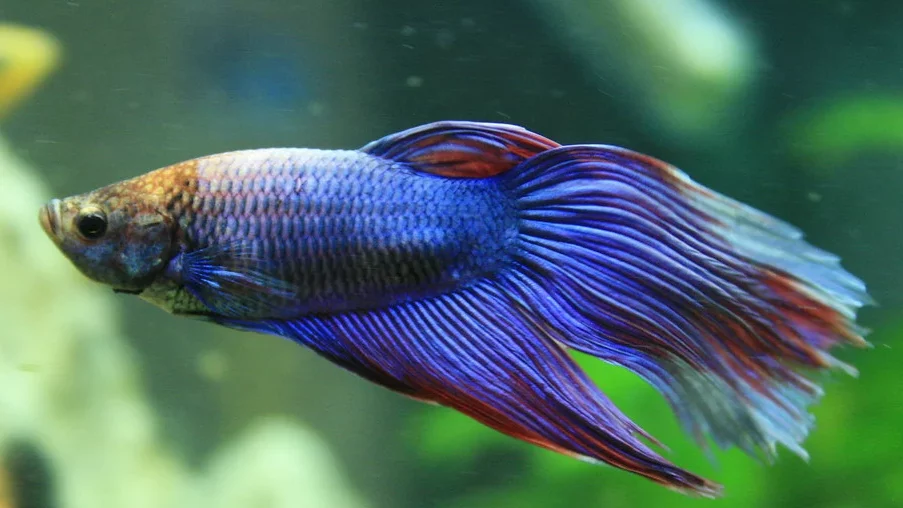
- Identification of Potential Threats Within the Aquarium Environment: Vigilance within the aquarium is crucial for safeguarding guppies from potential threats. Understanding the behavioral cues of fish sharing the tank is paramount. Aggressive postures, territorial behaviors, or nipping can be indicators of looming danger. By being attuned to these signs and fostering an environment that minimizes stressors, aquarists can mitigate the risks posed by potential predators, ensuring the safety and well-being of their guppy companions.
In the delicate balance of recreating natural ecosystems in the confined space of an aquarium, awareness of both the historical and contemporary threats to guppies is pivotal for responsible and effective fish keeping.
Specific Fish That Attack Guppies
Aggressive Species
- List and Describe Aggressive Fish Species: Guppies, with their docile nature, may face challenges when housed alongside more assertive tank mates. Several species are known for their aggressive tendencies, posing potential threats to the tranquility of a community tank. Among them, bettas, angelfish, and certain cichlids stand out. Bettas, despite their popularity, can exhibit territorial behavior, while angelfish and cichlids may display aggression, especially during breeding or territorial disputes.

- Behavioral Traits that Make Them Likely Attackers: Understanding the behavioral cues of aggressive species is pivotal in anticipating potential conflicts. Territoriality, a common trait in aggressive fish, often manifests through displays of dominance, fin flaring, or outright aggression. Recognizing these behavioral nuances enables aquarists to make informed decisions about suitable tank mates for guppies, fostering a harmonious coexistence.
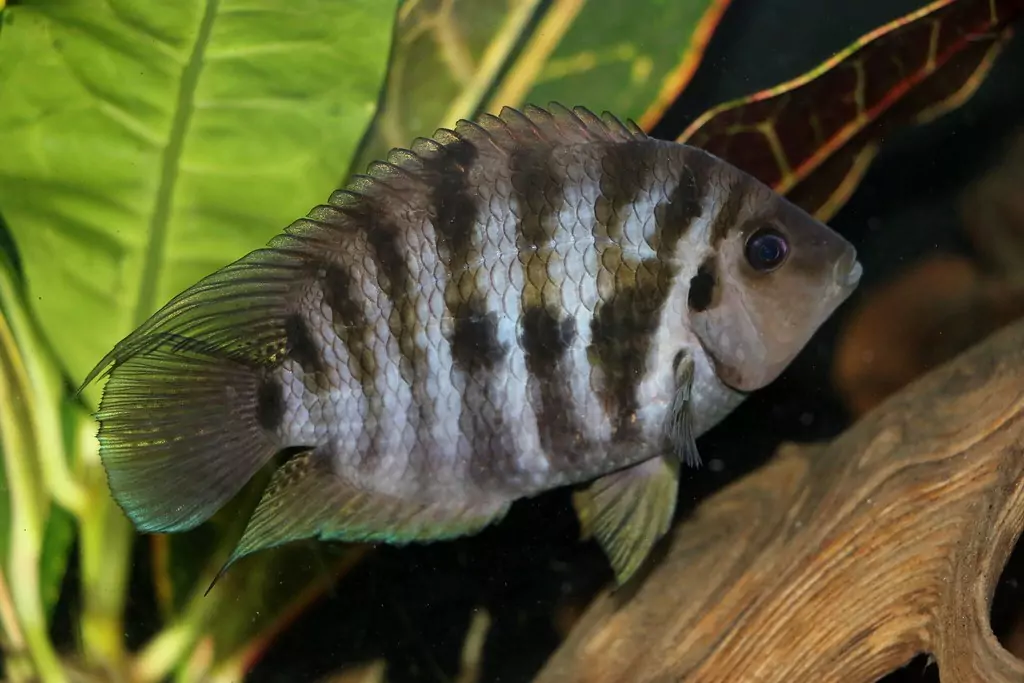
Compatibility Issues
- Factors Influencing Compatibility with Guppies: Compatibility hinges on various factors that must be carefully considered when assembling a community tank. Size differentials, territorial instincts, and dietary preferences can influence the dynamic between guppies and their tank mates. Larger, more predatory species may view guppies as potential prey, while territorial disputes can arise if proper considerations are not made.
- Tips for Selecting Tank Mates to Avoid Conflicts: To enhance compatibility and minimize conflicts, thoughtful selection of tank mates is paramount. Opting for species with similar temperaments and size requirements reduces the likelihood of aggression. Additionally, providing adequate hiding spots and a well-structured tank layout creates spaces for guppies to retreat if needed. Regular observation and monitoring of interactions allow aquarists to intervene promptly if signs of aggression arise, ensuring the overall well-being of the aquarium community.
In the intricate dance of creating a balanced community within an aquarium, recognizing and navigating the behaviors of potentially aggressive species is essential. Thoughtful selection and ongoing observation contribute to the creation of a harmonious aquatic environment for guppies and their tank mates.
Signs of Guppy Attacks
Behavioral Changes in Guppies Indicating Stress or Aggression
- Altered Swimming Patterns: Guppies, typically known for their graceful and agile swimming, may exhibit altered patterns when under stress or facing aggression. Look for erratic movements, sudden dashes, or reluctance to explore certain areas of the tank.
- Isolation and Hiding: Social creatures by nature, guppies may withdraw from their usual social interactions when feeling threatened. If you notice guppies spending excessive time hiding in corners or vegetation, it could signal stress or the aftermath of an attack.
- Reduced Feeding Enthusiasm: Changes in appetite and feeding behavior can be indicative of stress. Guppies that were once eager eaters may become hesitant or avoidant during or after aggressive encounters.
Physical Signs of Attacks and Injuries on Guppies
- Torn Fins or Tail: Physical injuries, such as torn fins or tails, are visible signs of potential attacks. Aggressive tank mates may nip at the delicate fins of guppies, leading to noticeable damage.
- Bite Marks or Lesions: Close inspection may reveal bite marks or lesions on the body of guppies. These wounds, resulting from aggressive interactions, can vary in severity and may require prompt attention to prevent infection.
- Stress-Induced Color Changes: Guppies may undergo color changes when stressed, displaying faded or muted hues. Monitoring these alterations in coloration can provide insights into the overall health and well-being of the fish.
In the nuanced world of aquarium observation, keen attention to behavioral and physical cues is essential for identifying signs of guppy attacks. Recognizing these indicators allows aquarists to intervene promptly, addressing the root causes of stress or aggression and promoting the recovery of the affected guppies.
Preventive Measures
Creating a Safe and Harmonious Aquarium Environment
- Proper Tank Setup: Ensuring an optimal living space for guppies involves thoughtful tank setup. Provide adequate hiding places, plants, and decorations to create zones where guppies can retreat if needed. Proper filtration and water quality maintenance contribute to the overall well-being of the aquarium ecosystem, reducing stressors that can trigger aggression.
- Tank Size and Structure Considerations: The size and layout of the tank play pivotal roles in preventing conflicts. In spacious environments, fish are less likely to feel crowded or territorial. Introducing structures like caves or floating plants can create visual barriers, reducing direct line-of-sight interactions and potential conflicts.
Selecting Compatible Tank Mates
- Guidelines for Choosing Fish that Coexist Well with Guppies: Selecting compatible tank mates is key to fostering a peaceful community. Consider the size, temperament, and dietary preferences of potential tank mates. Peaceful community fish, such as mollies, platies, and certain tetras, often make suitable companions for guppies. Researching the specific needs and behaviors of each species ensures a harmonious coexistence.
- Community-Building Techniques: Introducing new fish to the aquarium requires a strategic approach. Quarantine new additions before introducing them to the main tank to prevent the spread of diseases. Gradual acclimatization to the existing community helps reduce stress and territorial disputes. Observing fish behavior during the introduction phase allows for timely intervention if signs of aggression arise.
In the pursuit of maintaining a thriving aquatic community, preventive measures form the foundation of responsible fishkeeping. By implementing these strategies, aquarists create environments that prioritize the well-being of guppies and their tank mates, fostering a harmonious balance within the aquarium ecosystem.
Conclusion
Recap of Key Points
In the delicate realm of guppy care, understanding and addressing potential threats are integral to ensuring the health and vitality of these charming aquatic companions. From the inherent vulnerabilities of their small size and vibrant colors to the diverse array of predators, a nuanced approach to aquarium management is essential. Recognizing signs of stress and aggression, as well as implementing preventive measures, allows aquarists to cultivate an environment where guppies can thrive.
Responsible Fish Keeping and Continuous Monitoring
As stewards of aquatic ecosystems, it is our responsibility to foster environments that prioritize the well-being of our finned friends. Continuous monitoring, both of individual fish behavior and the overall tank dynamics, enables proactive intervention and the maintenance of a harmonious community. By staying informed, adopting preventive measures, and selecting compatible tank mates, we contribute to the longevity and happiness of our aquatic companions.
In the spirit of responsible fish keeping, let this exploration into the world of guppies serve as a reminder of the intricate balance required in creating and maintaining a thriving aquarium. As we embark on this journey with our aquatic companions, let our commitment to their well-being be unwavering, ensuring that the beauty of the underwater world is mirrored in the health and vitality of our guppy communities.
Additional Resources
Links to Related Forums
Explore the vast knowledge-sharing landscape of online forums dedicated to aquarium enthusiasts. Engage with like-minded individuals, seek advice, and share experiences on platforms such as Aquarium Advice Forum, FishLore Forum, and The Planted Tank Forum. These communities offer valuable insights into guppy care, predator identification, and solutions to common challenges, providing a virtual space for continuous learning and collaboration.
Recommended Products for Guppy Safety and Well-being
Aquarium Safe Hideouts
Enhance the well-being of your guppies by providing secure hiding spots. Consider products like natural caves, PVC pipes, or purpose-built guppy shelters. Brands such as majoywoo and SpringSmart offer a variety of options designed to cater to the specific needs of guppies.
Water Quality Maintenance Tools
Ensure optimal water conditions with reliable filtration systems and water quality testing kits. Brands like Fluval and API offer a range of products to support the health of your aquarium ecosystem.
Species-Specific Fish Food
Sustain the nutritional needs of your guppies with high-quality, species-specific fish food. Explore offerings from trusted brands like Hikari and Omega One to provide a balanced and nutritious diet.
By exploring these recommended forums and products, you can tap into a wealth of knowledge and equip yourself with the tools necessary to enhance the safety, well-being, and overall enjoyment of your guppy-keeping journey.
Frequently Asked Questions (FAQs)
1. What are the common predators of guppies in aquariums?
In aquariums, common predators of guppies include aggressive species like bettas, angelfish, and certain cichlids. Understanding the dynamics between different fish species is crucial for creating a harmonious aquatic environment.
2. How can I identify signs of guppy attacks in my aquarium?
Signs of guppy attacks manifest in altered behavior such as erratic swimming, hiding, or reduced feeding enthusiasm. Physical signs may include torn fins, bite marks, or stress-induced color changes. Regular observation allows for timely intervention and preventive measures.
3. What factors influence compatibility with guppies when selecting tank mates?
Compatibility hinges on factors such as size, temperament, and dietary preferences. When choosing tank mates, consider species with similar temperaments and avoid those that may view guppies as prey. Thoughtful selection and observation contribute to a peaceful coexistence.
4. Are there preventive measures to protect guppies from attacks in the aquarium?
Yes, preventive measures include proper tank setup with hiding places, consideration of tank size and structure, and selecting compatible tank mates. Creating a well-structured environment and gradual introductions reduce stress and the likelihood of aggression.
5. Where can I find additional resources and support for guppy care?
Explore reputable forums such as AquariumAdvice and FishLore Forum for valuable insights from experienced aquarists. Additionally, recommended products from brands like majoywoo can contribute to guppy safety and well-being.



